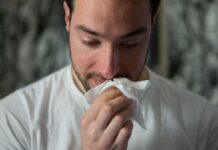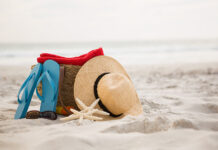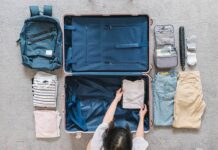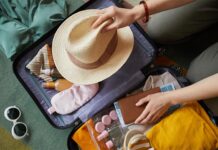Last Updated on January 7, 2021
Dr. Charles Gerba focuses on making people aware of how germy the water fountains are, and he also explained that 23% of the tested water fountain buttons have high levels of ATP (or adenosine triphosphate).
The Seats
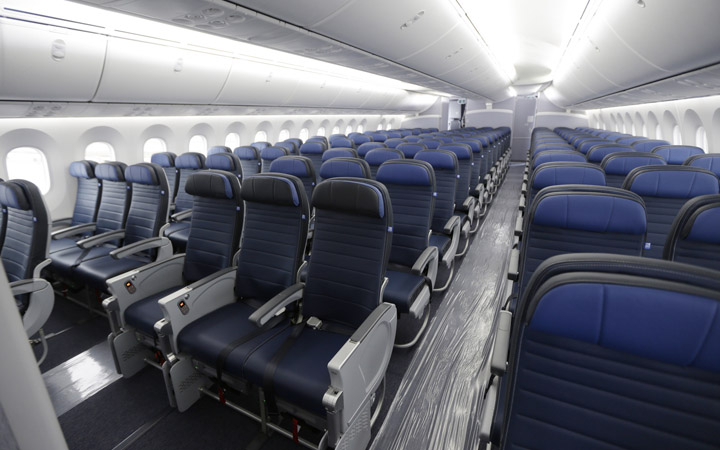
After 2 years of study by Auburn University researchers, they discovered that bacteria can grow vigorously on planes for several days.
There are some experts who have been sent by a major airline carrier to sterilize many spots, add bacteria like E. coli and MRSA to the plastic tray tables, window shades, and seat pockets.
Then, they stimulated the humidity and temperature levels in order to see for how long it will take for the bacteria to stay alive.
The results show the bacteria that survived the most were on the cabin seat material. E. coli on the armrest material survived for four days, while MRSA on the seat-back pocket survived for seven days.
TSA Bins
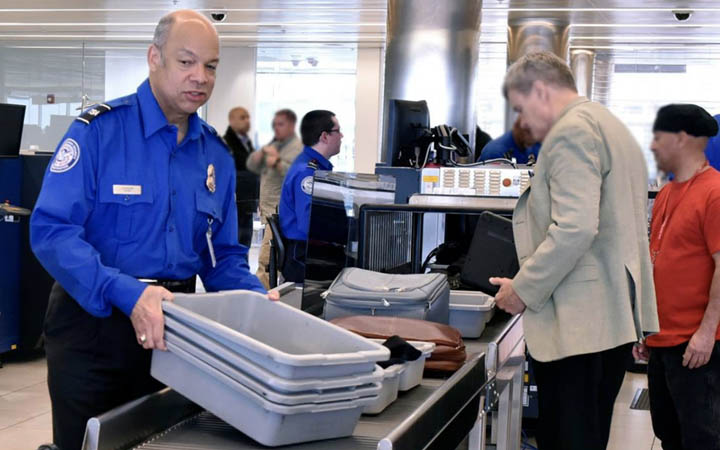
After taking a few samples of surfaces in the flights and airports by the journalist Jeff Rossen and his investigative team in 2014, they found the TSA Bins to be the germiest. In fact, one of them was found to have a very high level of fecal that could actually make people sick.
These results weren’t shocking since everyone places their shoes in those bins, which is why Ohio’s Akron-Canton Airport starts fighting the spread of these bacteria by partnering with a hospital to use trays with self-cleaning handles and orange mats in September 2017.
However, it is important to note that there is room for mistakes and errors in experiments and studies. Also, there are many airports that are already remodeling their cleaning tasks and to-do lists.
On the other hand, the reason why most bacteria last so long inside planes is that there is not enough time for the cleaning crew to sanitize the place properly, which is why you have to be cautious and try to clean your hands frequently and use baby wipes or a hand sanitizer. Don’t worry, The TSA will allow it if it’s a travel-sized container.





